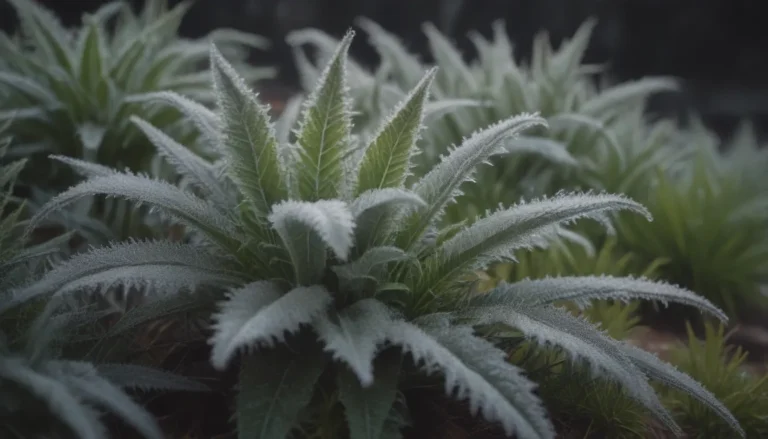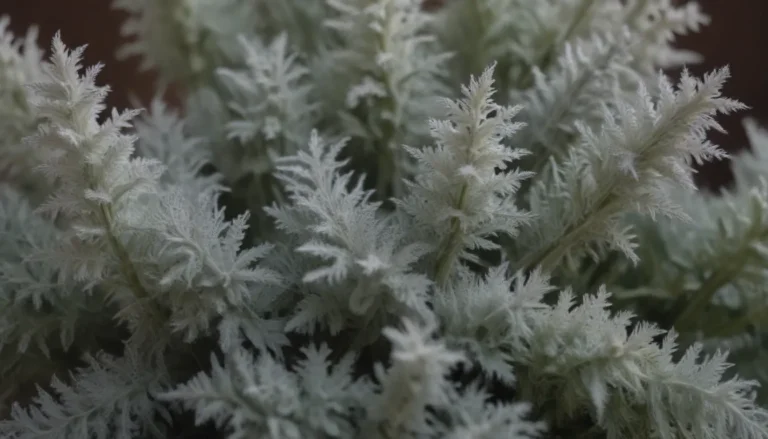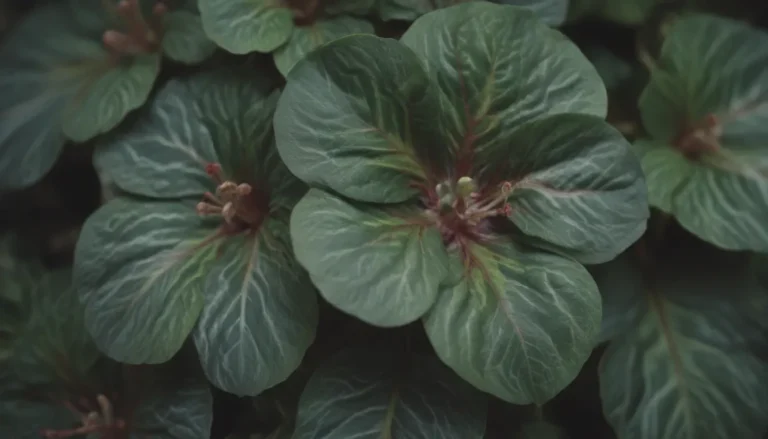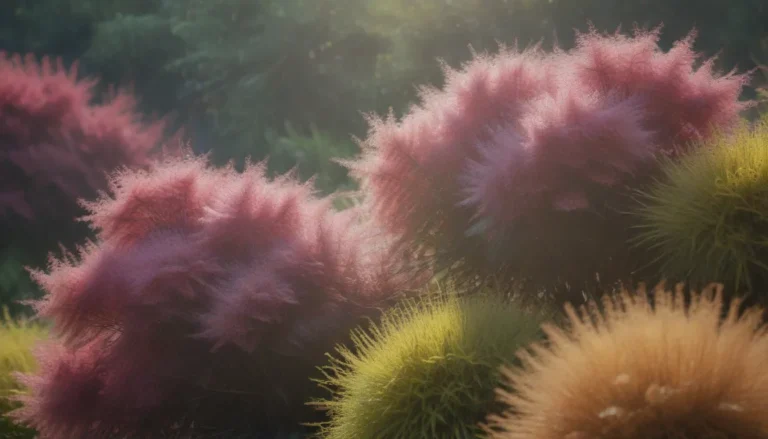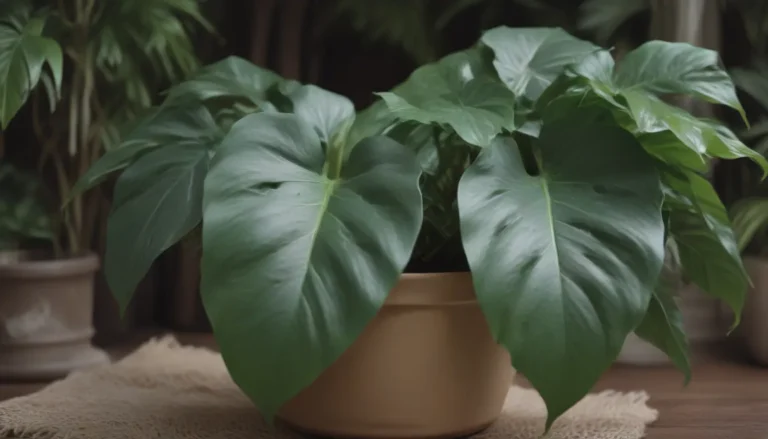Mastering the Art of Growing Rhododendron Maximum: A Comprehensive Guide

If you’re looking to add a touch of beauty and elegance to your garden, look no further than the Rhododendron Maximum. This hardy evergreen shrub, native to the northeastern U.S. and commonly found in the Great Smoky Mountains, is a showstopper with its clusters of large, 1- to 3-inch flowers and oblong, 4- to 8-inch dark green leaves that boast a rusty orange underside.
But before you dive into growing this stunning plant, let’s equip you with the knowledge and skills to do it like a pro. With the right care and attention, you can ensure your Rhododendron Maximum thrives and blooms gloriously for years to come.
Rhododendron Maximum Care
Taking care of your Rhododendron Maximum involves providing it with the right outdoor conditions, soil, water, temperature, and nutrients. Let’s break down each aspect to help you become a master gardener for this stunning shrub.
Light
Rhododendron Maximum thrives in dappled shade but can tolerate nearly complete shade. However, for optimal flowering, ensure your shrubs receive no more than two hours of direct morning sunlight daily. Avoid hot afternoon sun, as it can scorch the foliage.
Soil
The right soil is crucial for Rhododendron Maximum’s health. Test the pH before planting, and adjust it to suitable levels if needed. Consider planting in raised beds if you have heavy clay soil. Enrich and aerate the soil with compost or other organic materials to ensure proper drainage.
Water
During the first year, water new plants twice a week. Once established, water only during dry periods lasting two to three weeks. Keep the soil consistently moist, but avoid waterlogging, as it can lead to root rot. Mulch with wood chips or pine needles to retain moisture.
Temperature and Humidity
Rhododendron Maximum is hardy in USDA zones 3 to 7 and tolerates temperatures as low as -30 degrees F. Protect the roots with mulch during winter, and ensure the shrub is not exposed to harsh winds or heavy snow. Maintain humidity levels between 40 and 60 percent for optimal growth.
Fertilizer
While Rhododendron Maximum requires little fertilization, it benefits from nitrogen for healthy foliage and phosphorous for flowering. Apply organic nitrogen fertilizer in spring according to the product directions, and avoid fertilizing in cold climates after June.
Types of Rhododendron Maximum
While Rhododendron Maximum is a standout species on its own, there are other cold-hardy, evergreen rhododendrons with exceptional foliage and flowers that you might want to consider for your garden. Here are a few:
- **Rhododendron ‘April Rose’
- **Rhododendron ‘Nova Zembla’
- **Rhododendron ‘PJM Elite’
Pruning
Proper pruning is essential to maintain the health and appearance of your Rhododendron Maximum. Remove dead and damaged branches, and save heavy pruning for late winter when the shrubs are dormant. Prune selectively to rejuvenate overgrown shrubs and improve air circulation.
Propagating Rhododendron Maximum
Propagation of Rhododendron Maximum can be done through stem cuttings or layering. Here’s how you can propagate new plants from stem cuttings:
Materials:
- Sterile planting media
- Small hand pruner
- Sharp, sterile knife or razor blade
- Flat or small pots
- Rooting hormone
- Acid-based plant food
Steps:
- Take stem cuttings in the morning when they contain the most moisture.
- Use softwood cuttings for better rooting success and treat them with rooting hormone that includes a fungicide.
How to Grow Rhododendron Maximum From Seed
If you prefer to grow Rhododendron Maximum from seed, here are the steps you need to follow:
- Collect seeds in autumn after they turn brown.
- Dry the seeds and store them in a glassine envelope for up to a year.
- Plant the seeds in a sterile potting mix, and keep them moist in a pot with drainage holes inside a plastic bag until sprouts appear in three to eight weeks.
Overwintering
Protect your Rhododendron Maximum from strong winter winds, heavy snow, and ice by applying a thick layer of mulch around the base. Consider adding additional protection like caging with chicken wire and insulating branches with straw, especially if you live in an area prone to heavy winter weather.
Common Pests and Plant Diseases
Like any plant, Rhododendron Maximum is susceptible to various pests and diseases. Proper maintenance and care can help prevent and manage these issues. Some common pests and diseases to watch out for include:
- Aphids
- Borers
- Lacebugs
- Leafhoppers
- Mealybugs
- Mites
- Nematodes
- Scale
- Thrips
- Whitefly
- Canker
- Crown rot
- Root rot
- Leaf spot
- Rust
- Powdery mildew
In cases of infestation, apply appropriate pesticides following label directions. Additionally, ensure good pruning practices and use fungicides when necessary.
How to Get Rhododendron Maximum to Bloom
To encourage your Rhododendron Maximum to bloom beautifully, follow these tips:
- Add organically rich compost to the soil.
- Support flowering with an acid-based fertilizer in spring.
- Protect buds from late spring frosts.
- Apply fertilizer specifically formulated for rhododendrons and acid-loving plants.
Bloom Months
Buds start appearing in late spring, opening up to abundant flowers in June and July.
How Long Does Rhododendron Maximum Bloom?
While the length of the bloom period depends on weather conditions, Rhododendron Maximum flowers typically last about three weeks.
What do Rhododendron Maximum Flowers Look and Smell Like?
The flowers are lightly fragrant and come in multiple shades of reddish purple, pink, and white with orange or olive green spots. They attract pollinators like bees, butterflies, and hummingbirds.
How to Encourage More Blooms
To encourage more blooms, protect buds from late spring frosts, and apply a suitable fertilizer in early spring.
Caring for Rhododendron Maximum After It Blooms
After blooming, remove spent flowers and dead or damaged branches. Avoid heavy pruning during the growing season, as it can harm new growth. Keep the shrubs free from weeds and water them during periods of drought.
Deadheading Rhododendron Maximum Flowers
Trim faded and spent flowers at the base of the stem to promote new growth and flowering.
Common Problems With Rhododendron Maximum
Here are some common problems you might encounter when growing Rhododendron Maximum:
Yellowing Foliage
If the foliage appears yellow, it could be a sign of chlorosis caused by nutrient deficiencies. Treat with organic fish emulsion or bloodmeal to address the issue.
Root Rot
Soggy soil can lead to root rot, a common issue with Rhododendron Maximum due to its shallow root system. Ensure proper drainage by planting the shrub with the crown slightly above soil level.
Leaf and Flower Galls
Galls can cause distortions in leaves, flowers, and stems. Apply dormant oil in autumn and early spring to protect your plants from galls.
In Conclusion
With the right care and attention to detail, you can transform your garden with the beauty of Rhododendron Maximum. Remember to provide the ideal growing conditions, protect your shrubs from pests and diseases, and encourage blooming with proper fertilization and pruning techniques.
By mastering the art of growing Rhododendron Maximum like a pro, you can enjoy this stunning evergreen shrub’s beauty and elegance in your outdoor space for years to come. Whether you’re a seasoned gardener or a novice enthusiast, with the right knowledge and skills, you can create a picturesque garden filled with the vibrant colors and delicate fragrances of Rhododendron Maximum.
